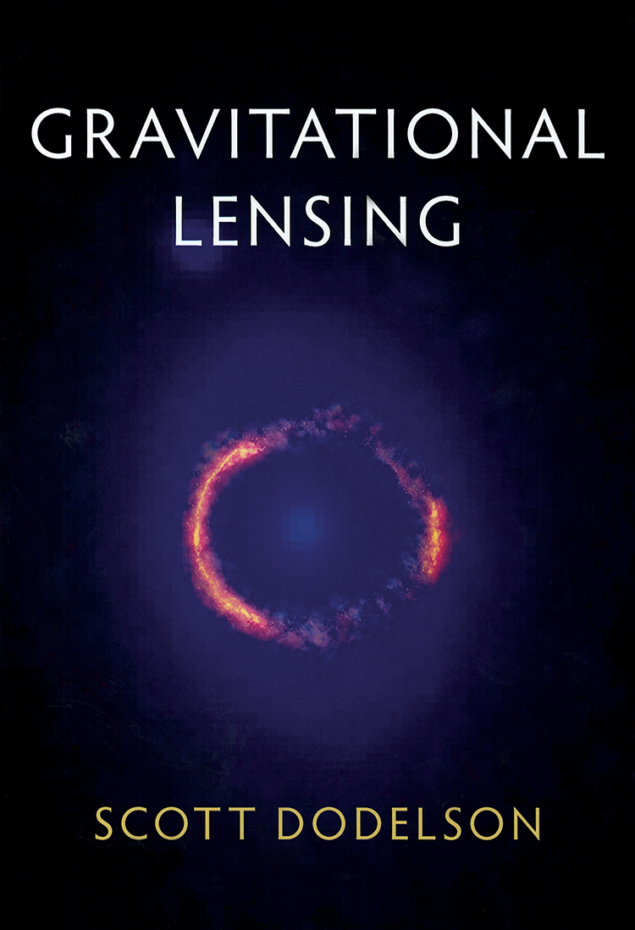By Scott Dodelson
Cambridge University Press

Based on university lectures given by the author, this book provides an overview of gravitational lensing, which has emerged as a powerful tool in astronomy with numerous applications, ranging from the quest for extrasolar planets to the study of the cosmic mass distribution.
Gravitational lensing is a consequence of general relativity (GR): the gravitational field of a massive object causes light rays passing close to it to bend and refocus somewhere else. As a consequence, any treatment of this topic has to make reference to GR theory; nevertheless, as the author highlights, not much formalism is required to learn how to apply lensing to specific problems. Thus, using very little GR and not too complex mathematics, this text presents the basics of gravitational lensing, focusing on the equations needed to understand the phenomenon. It then dives into a number of applications, including multiple images, time delays, exoplanets, microlensing, cluster masses, galaxy shape measurements, cosmic shear and lensing of the cosmic microwave background.
Written with a pedagogical approach, this book is meant as a textbook for one-semester undergraduate or graduate courses. But it can also be used for independent study by researchers interested in entering this fascinating and fast-evolving field.








